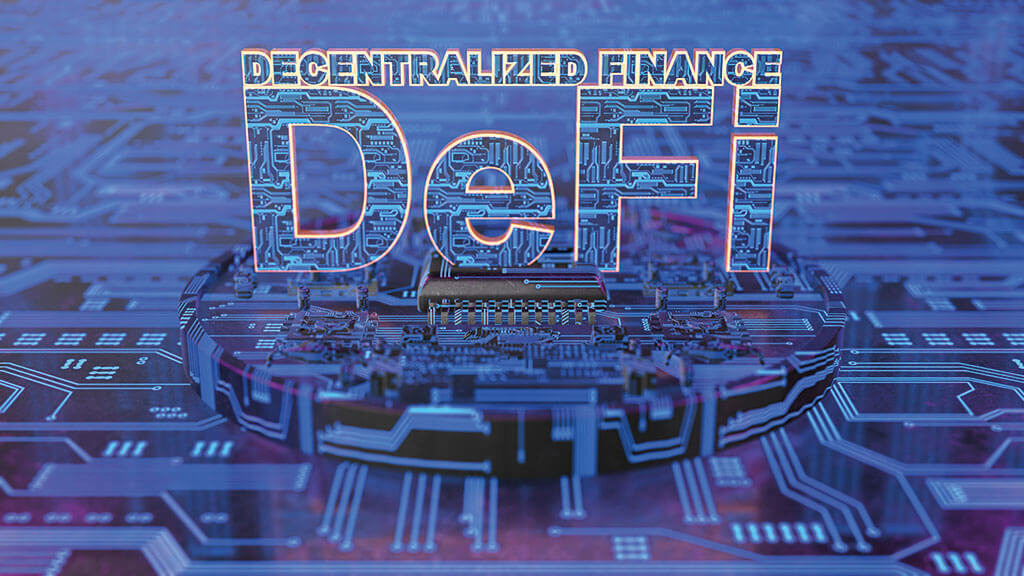By MARTHA REYES
THE DECEMBER Federal Reserve minutes, released this month, confirmed the Fed would end the purchase of bonds by March and seek to raise interest rates three times this year.
These hawkish comments triggered short term volatility in the US stock markets, and caused another round of selling tech names and digital assets. Bitcoin and Ethereum prices fell, with BTC breaking below $40k and ETH below $3k. Prices were also hit by the internet shut down in Kazakhstan, the world’s second-largest bitcoin mining hub.
These types of sell-off are not uncommon in the digital asset space. Data shows that retail investors have not been as active as they were during the spring rally of 2021 and that institutions are now more involved. It can be argued that digital currencies will have a higher correlation with traditional markets as investors tend to de-risk across the board. Coinbase’s Quarterly results show a clear acceleration of institutional interest, growing from 60 percent of total investment through the platform to 72 percent.
Quarterly results of institutional interest
| Quarter | Retail ($bn) | Institutional ($bn) | Total ($bn) | Percent of Institutional |
| Q3 2020 | 18 | 27 | 45 | 60 |
| Q4 2020 | 32 | 57 | 89 | 64 |
| Q1 2021 | 120 | 215 | 335 | 64 |
| Q2 2021 | 145 | 317 | 462 | 69 |
| Q3 2021 | 93 | 234 | 327 | 72 |
So what does institutional investment look like? For some, it’s buying and holding coins, treating them like appreciating assets. For others, it’s for trading against fiat, pair trading against other cryptocurrencies, or arbitrage trading, similar to a stock or equity. For venture capital firms, it may be longer term investing into crypto start-ups and infrastructure companies, of which some of that investment may be in cryptocurrency.

DeFi (decentralised finance) has been the subject of much discussion over the past two years, and institutions are entering the space to increase their returns via higher yields. We are seeing the rise of permissioned pools, which are KYC/AML compliant and institutional custodian solutions.
Total Value Locked in DeFi has grown dramatically to over $240bn — but is still tiny compared with the hundreds of trillions in traditional markets. The sector should continue to grow, especially as regulation around stablecoins and tokens becomes clearer, and security improves, while real interest rates remain low.
Digital assets have a number of advantages over traditional investment classes. High volatility and arbitrage opportunities mean high-frequency trading strategies can offer large rewards. Potential for mainstream adoption and technological innovation can also be attractive for buy and hold strategies. Volatility and historically high performance, though not a guarantee, mean even a small percentage of a fund dedicated to crypto could offer substantial returns for investors, while improving the Sharpe ratio.
The year 2021 was a turning point, when the industry became more visible and was acknowledged by regulators. Mass adoption has not taken place yet, so there is still a first-mover advantage for many managers. Institutional money is already entering the market through lots of different avenues. Some investment is going directly into tokens while additional capital is supporting the growth of businesses in the space.
Institutions that are in the space are already seeing rewards and, if analysts are correct, the market looks to be healthy and buoyant for the foreseeable future.
Martha Reyes is head of research at digital assets prime brokerage platform BEQUANT




























